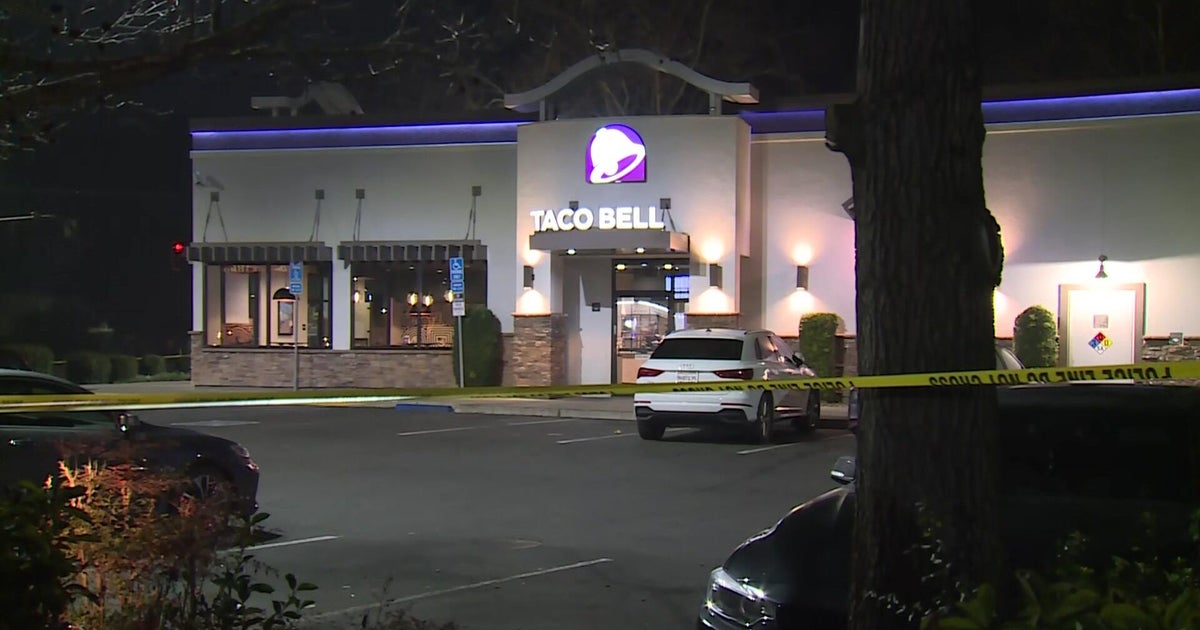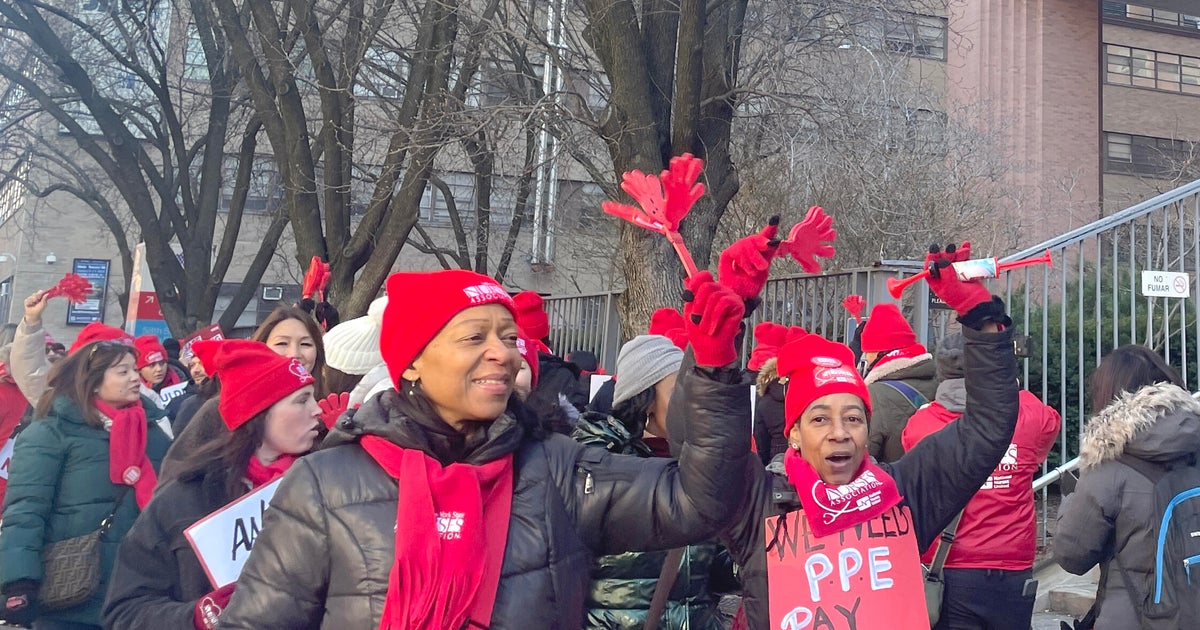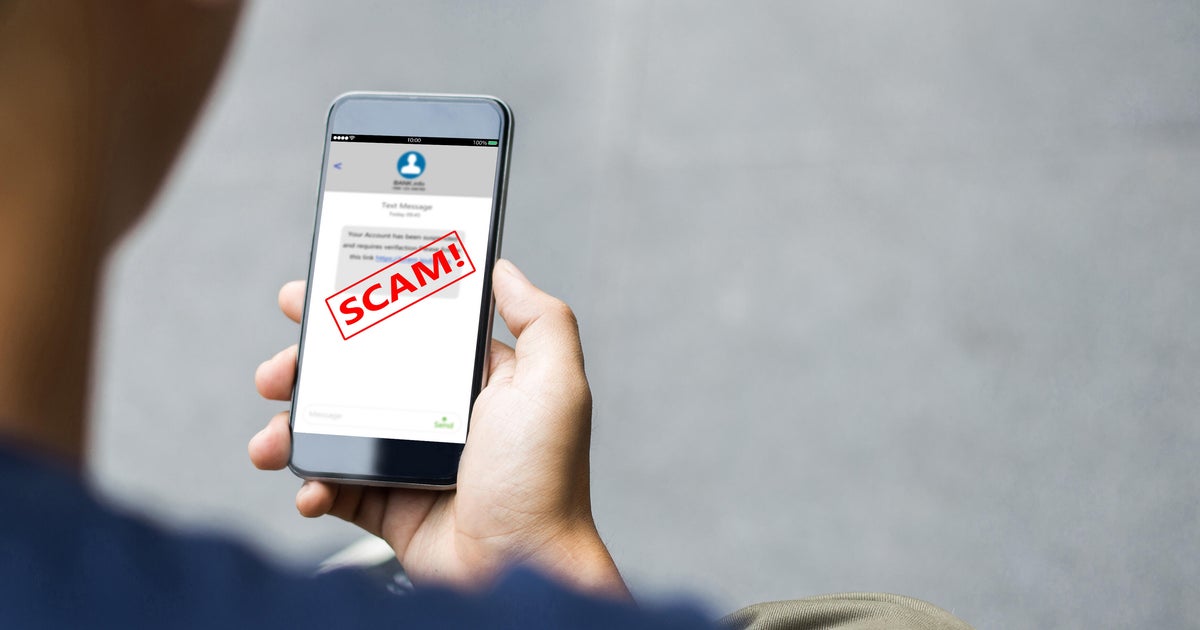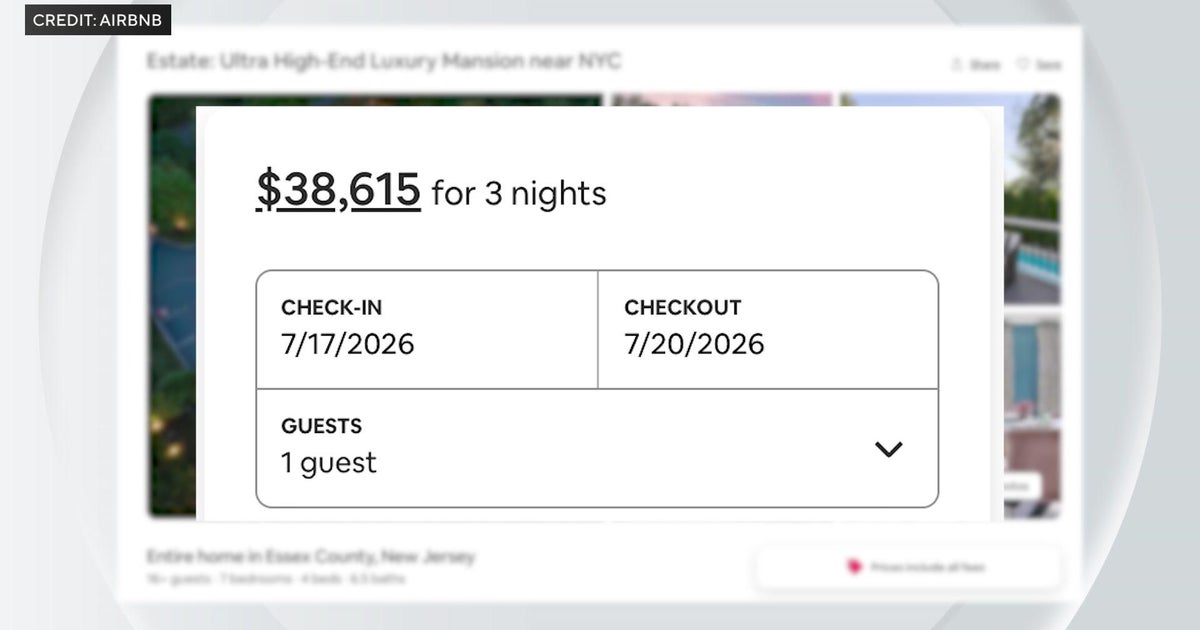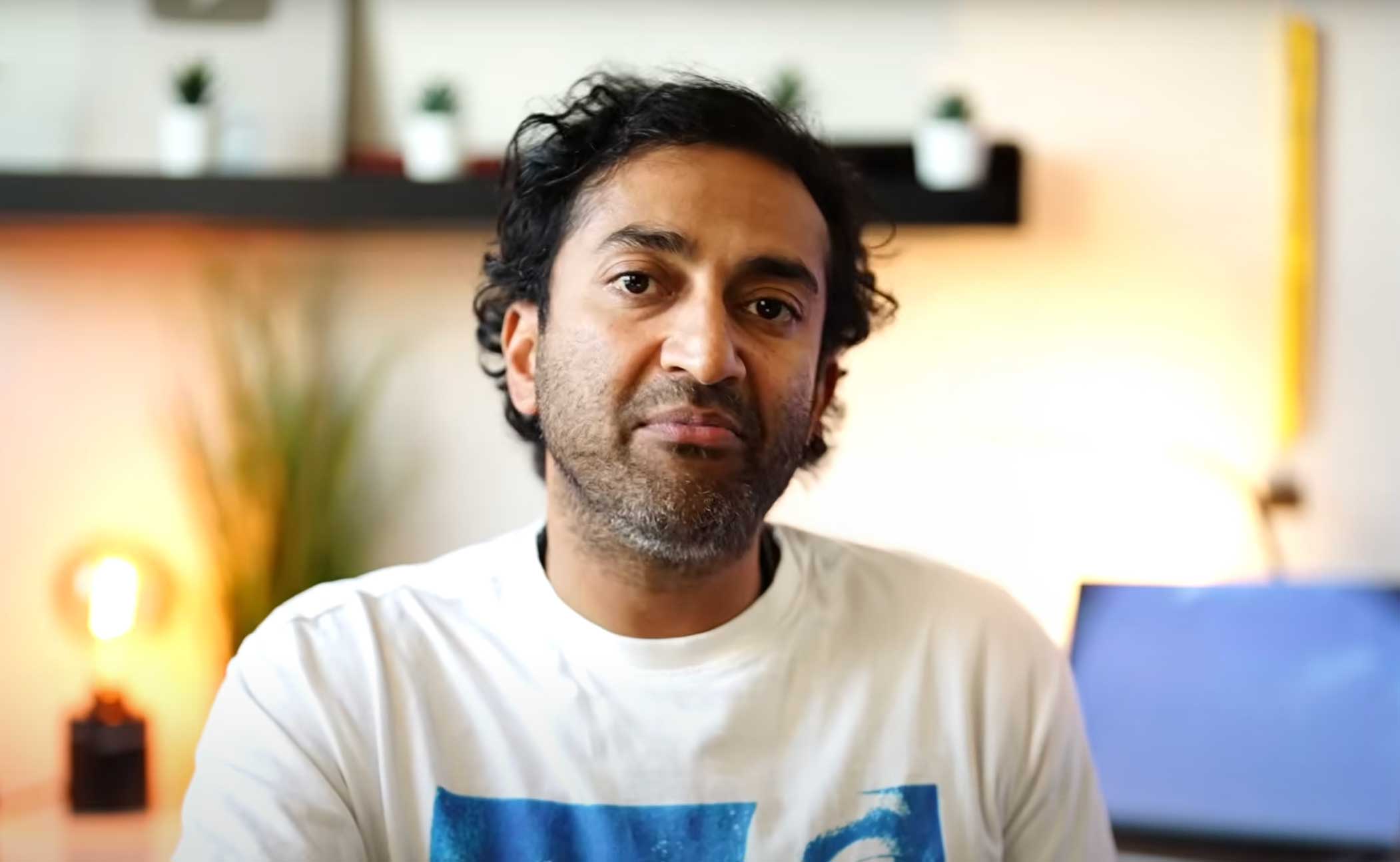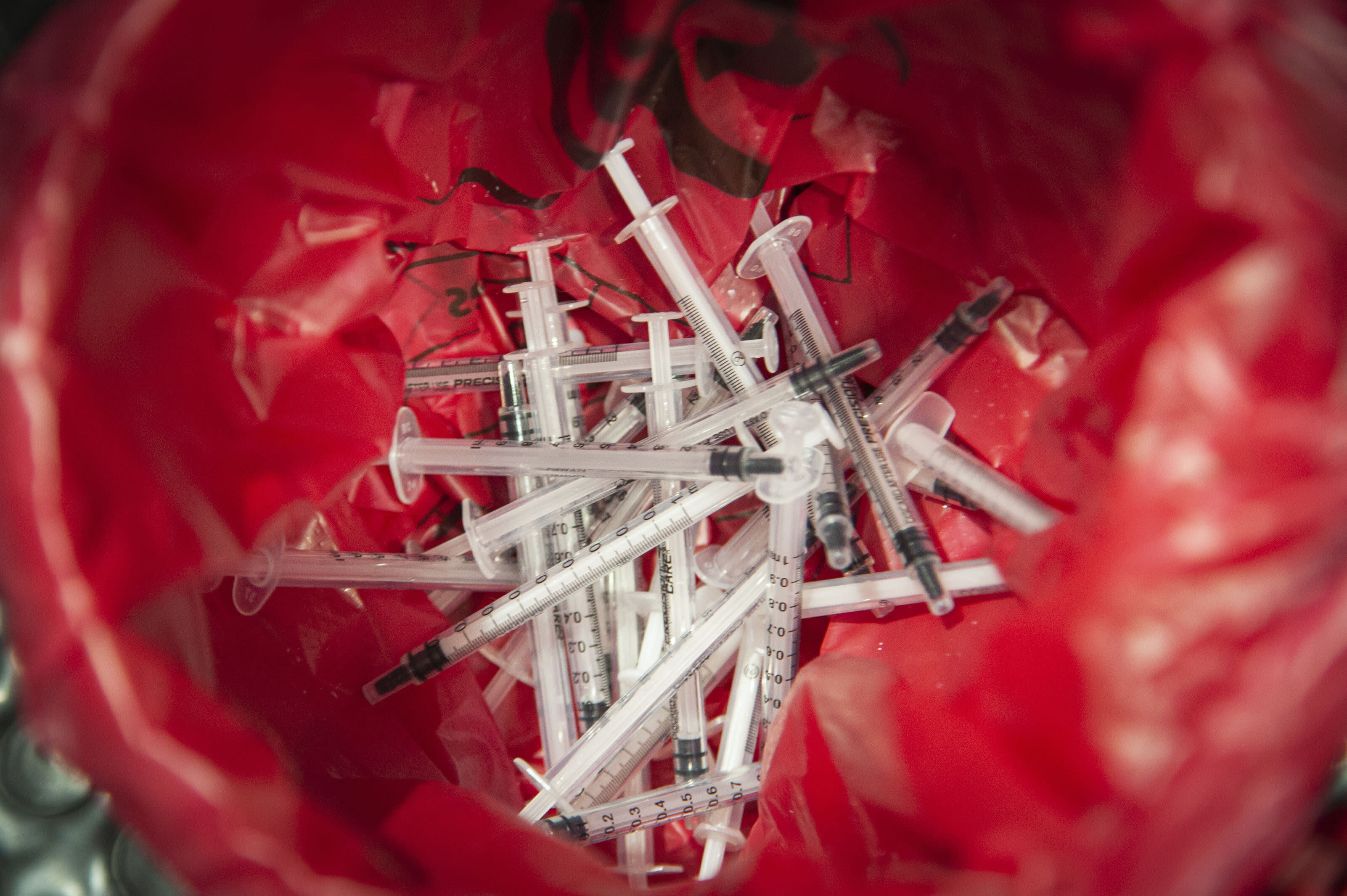These states have done best — and worst — at vaccinating their residents against COVID-19
After months of planning, the U.S. government's "warp speed" rollout of COVID-19 vaccines has instead progressed at a snail's pace, threatening to prolong local lockdowns and increase the virus death toll in America.
Yet one month into the effort — the largest inoculation drive in American history — some states are moving quickly to vaccinate their populations, according to government data reviewed by CBS MoneyWatch. Other parts of the country are lagging badly.
West Virginia has distributed nearly 90% of its supply of the the first vaccine shot and is expected to be done inoculating nursing care residents with two doses by the end of January. Firefighters, police and EMTs in the state — one of the poorest in the country — are also getting close to fully vaccinated.
Many other states are struggling to get their vaccination efforts off the ground. In all, less than a third of all doses that have been distributed across the country (and to U.S. territories), or 10.3 million out of nearly 30 million, have been given to people.
CBS MoneyWatch talked to health experts, government officials and hospital administrators around the U.S. in order to find out what's working — and not working — in the rush to vaccinate Americans against the lethal disease. Which states are succeeding in getting doses into their residents' arms? Which states are still struggling? And why?
Here are some of the lessons so far in America's COVID-19 vaccine rollout.
States that have fallen behind
Among the nation's most populous states, Georgia, Virginia and California are the furthest behind in distributing the vaccine to residents. According to the most recent CDC data, Georgia has administered less than 20% of the vaccine doses delivered to the state — the lowest percentage of any state in America.
Last week, Georgia Governor Brian Kemp opened up vaccinations to residents age 65 and over, as well as to police and other first responders, to speed the effort beyond the initial pool of health care workers and nursing home residents targeted for shots. For now, however, that's causing more problems. One website in the state scheduled vaccinations for 4 a.m., or four hours before the Atlanta site offering shots was set to open. Other vaccine scheduling websites have been crashing.
Strict adherence to CDC guidelines that health workers get vaccinated first appears to be one of the problems plaguing numerous states that have fallen behind. For instance, officials in Virginia initially said the state wouldn't move to the next stage of vaccinations until February. Although it has since moved that date up, Virginia has still administered less than 25% of its vaccine supply.
California, which has administered just 26% of the vaccines on hand in the state, also launched mass vaccination sites — including Disneyland in Anaheim — and this week opened up vaccine eligibility to residents 65 and older.
Other laggard states relied too much on untested distribution networks, experts said. Arkansas, which CDC data show has administered just 33% of its shots stockpile, included more than 200 pharmacies in its initial vaccination plans. That was a mistake, said Dr. Cam Patterson, chancellor of the University of Arkansas for Medical Sciences, which runs hospitals and treatment centers around the state.
Officials in Arkansas and some other states dispute the CDC data. Dr. Jennifer Dillaha, who heads the state's immunization efforts, said her state had received fewer doses than the health agency says and that they had administered 41% of the vaccine they had received as of Wednesday afternoon. Dillaha also said pharmacies have had delays, while noting that including them is part of the state's long-term plan.
"We want our immunization infrastructure to be stronger than after the pandemic," Dillaha said.
States ahead of the curve
Many public health experts warned prior to the vaccine rollout that rural parts of the U.S. would have a disadvantage over cities in distributing the vaccine. However, less populated states like North Dakota, South Dakota and West Virginia are among those that are doing a better job of vaccinating their residents.
West Virginia has distributed nearly 70% of all of the vaccine doses it has received from the federal government, according to the latest CDC data, ranking in No. 1 among states as ranked by that metric. About 110,000 vaccine doses have been given in the Mountain State, or nearly the same amount that has been administered so far in Wisconsin, which has roughly triple the population.
The difference: West Virginia, unlike other states, leaned heavily on its National Guard to lead other state agencies in the vaccination effort, as well as to transport the doses where needed. It was also the only state to opt out of a national vaccination program for nursing homes across the country that was developed by the CDC and is being run by drugstore chains CVS and Walgreens, which many have said is progressing slowly.
West Virginia has also vaccinated different at-risk and essential worker populations at the same time — such as residents over 70, police and firefighters, as well as those who work in key manufacturing sectors and are 50 and older — rather than reserve all of its doses for health care workers.
"We have taken 10,000 square-feet of our National Guard headquarters and turned it into a command center with representatives from all levels of state government," said Maj. Gen. James Hoyer, who retired from the National Guard earlier this month but has stayed on as a civilian to continue managing West Virginia's COVID-19 vaccination effort. "Young soldiers and airmen are out distributing the vaccine across the state. We run this just like a military convoy."
South Dakota took a different approach. The state partnered with its three main health networks, dividing up the state and allowing the medical facilities to manage distributions on their own, according to Dr. David Basel, head of the vaccination effort for Avera Medical, which is based in Sioux Falls and is one of three medical groups in the state that is getting vaccine.
That seems to have worked. South Dakota has administered nearly 60% of the vaccine it was allocated by the U.S. government. "Our biggest problem has been weather," Basel said in a week when the state faced 20-degree temperatures and more than one snowfall. "One of our first shipments went out into a snowstorm. A truck ended up in a ditch but we got it out on time, and no vaccine spoiled."
How every state is doing
The numbers below are based on state and CDC data as of January 13. Percentages represent the number of vaccines administered versus how many doses each state has received. The U.S. average was 35% as of Wednesday. (In some cases, the latest CDC numbers may not include state or local data, which can lag by several days.)
| State/Territory/Federal Entity | % of vaccine administered |
| Alabama | 22% |
| Alaska | 26% |
| American Samoa | 24% |
| Arizona | 27% |
| Arkansas | 32% |
| Bureau of Prisons | 98% |
| California | 26% |
| Colorado | 45% |
| Connecticut | 51% |
| Delaware | 31% |
| Department of Defense | 34% |
| District of Columbia | 48% |
| Federated States of Micronesia | 6% |
| Florida | 42% |
| Georgia | 20% |
| Guam | 11% |
| Hawaii | 24% |
| Idaho | 25% |
| Illinois | 40% |
| Indian Health Service | 26% |
| Indiana | 36% |
| Iowa | 42% |
| Kansas | 33% |
| Kentucky | 43% |
| Louisiana | 42% |
| Maine | 42% |
| Marshall Islands | 5% |
| Maryland | 32% |
| Massachusetts | 33% |
| Michigan | 38% |
| Minnesota | 32% |
| Mississippi | 28% |
| Missouri | 31% |
| Montana | 49% |
| Nebraska | 40% |
| Nevada | 30% |
| New Hampshire | 44% |
| New Jersey | 40% |
| New Mexico | 41% |
| New York State | 35% |
| North Carolina | 31% |
| North Dakota | 61% |
| Northern Mariana Islands | 22% |
| Ohio | 34% |
| Oklahoma | 43% |
| Oregon | 35% |
| Pennsylvania | 37% |
| Puerto Rico | 28% |
| Republic of Palau | 12% |
| Rhode Island | 51% |
| South Carolina | 31% |
| South Dakota | 57% |
| Tennessee | 44% |
| Texas | 49% |
| Utah | 39% |
| Vermont | 42% |
| Veterans Health | 27% |
| Virgin Islands | 12% |
| Virginia | 24% |
| Washington | 36% |
| West Virginia | 69% |
| Wisconsin | 31% |
| Wyoming | 31% |
